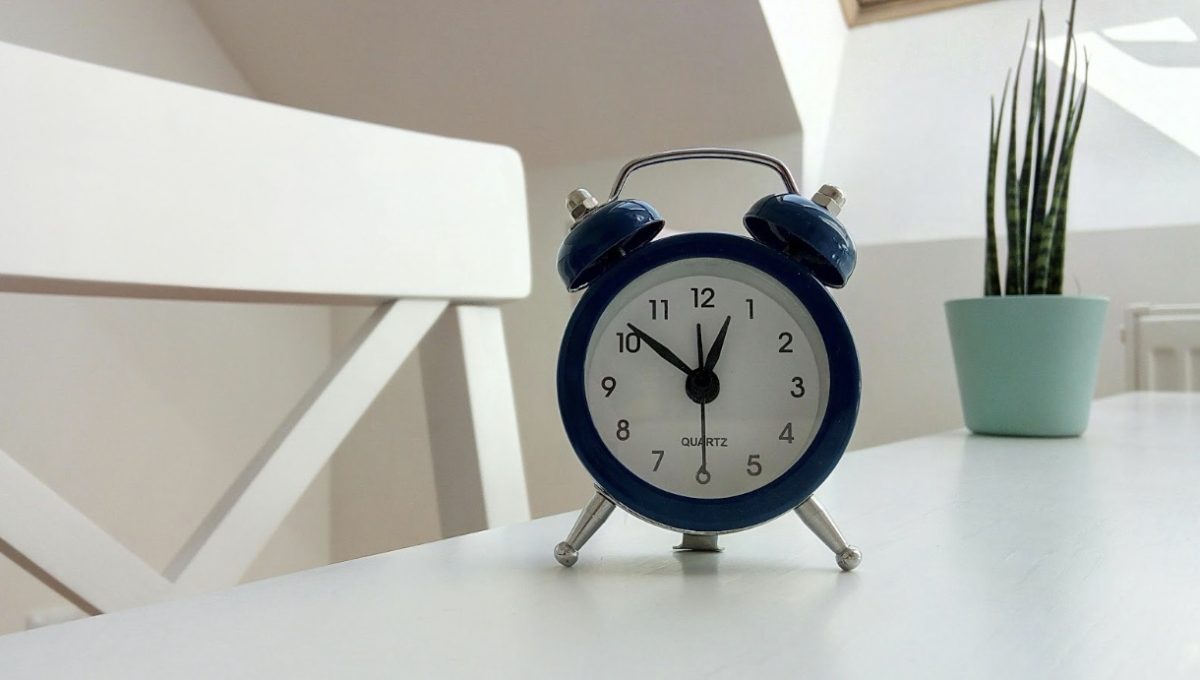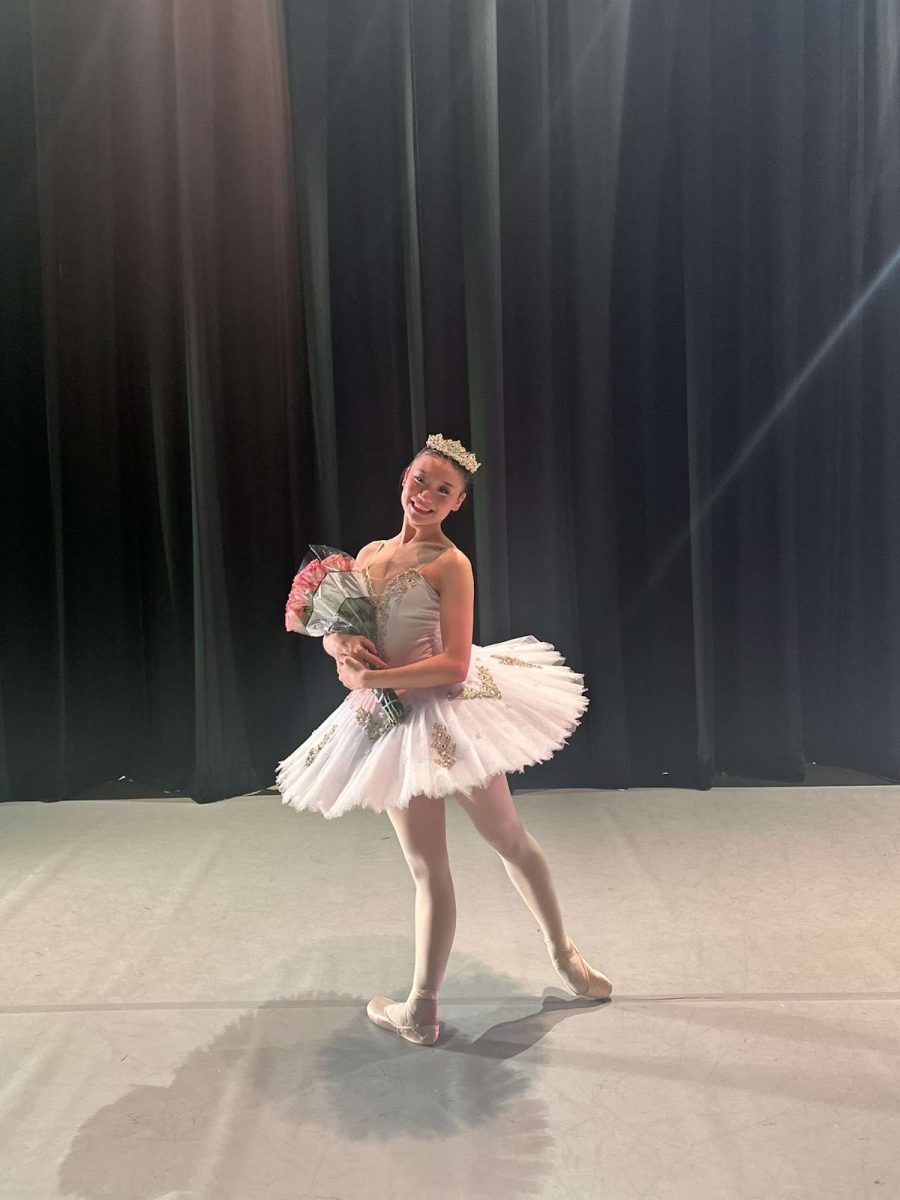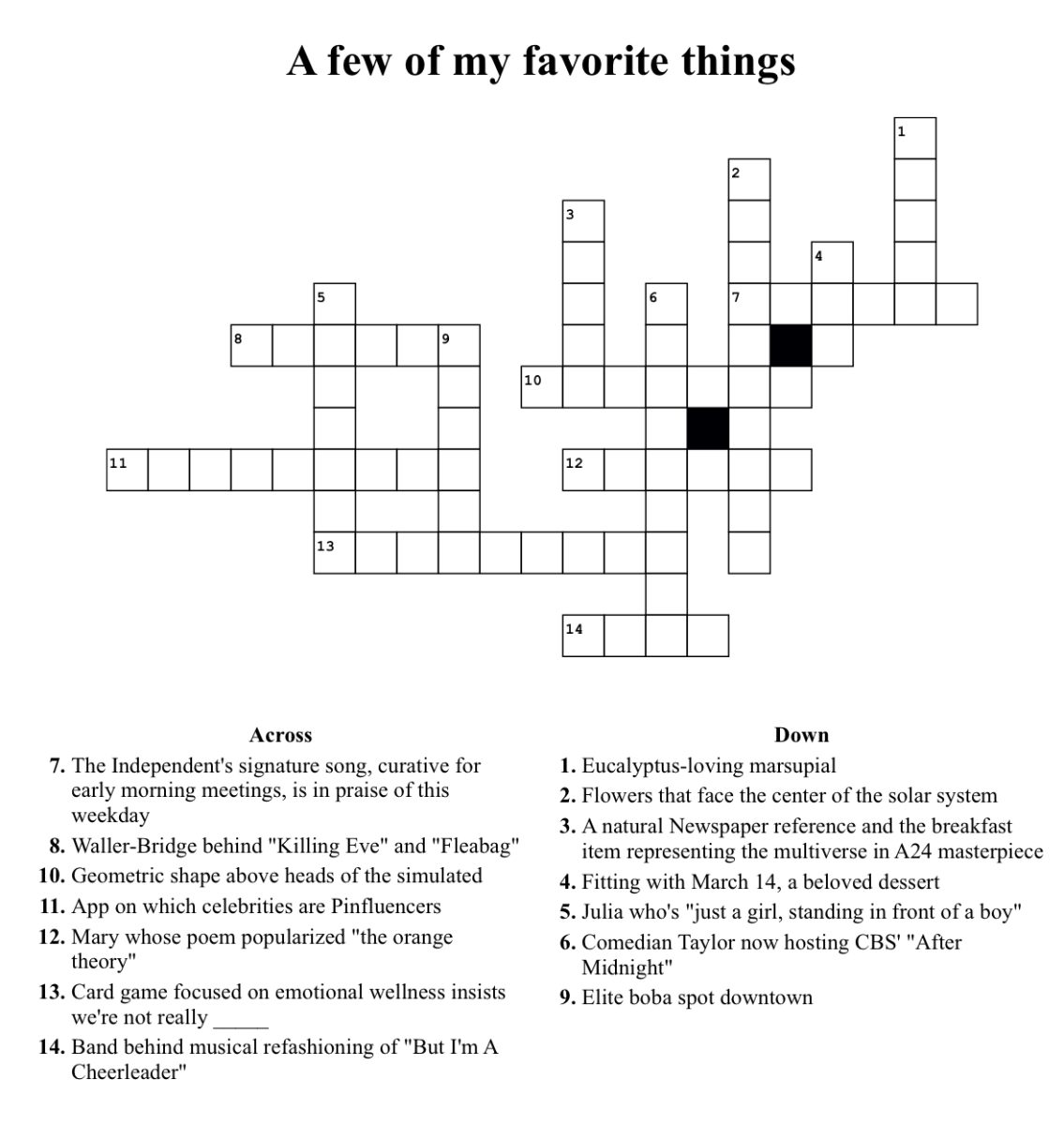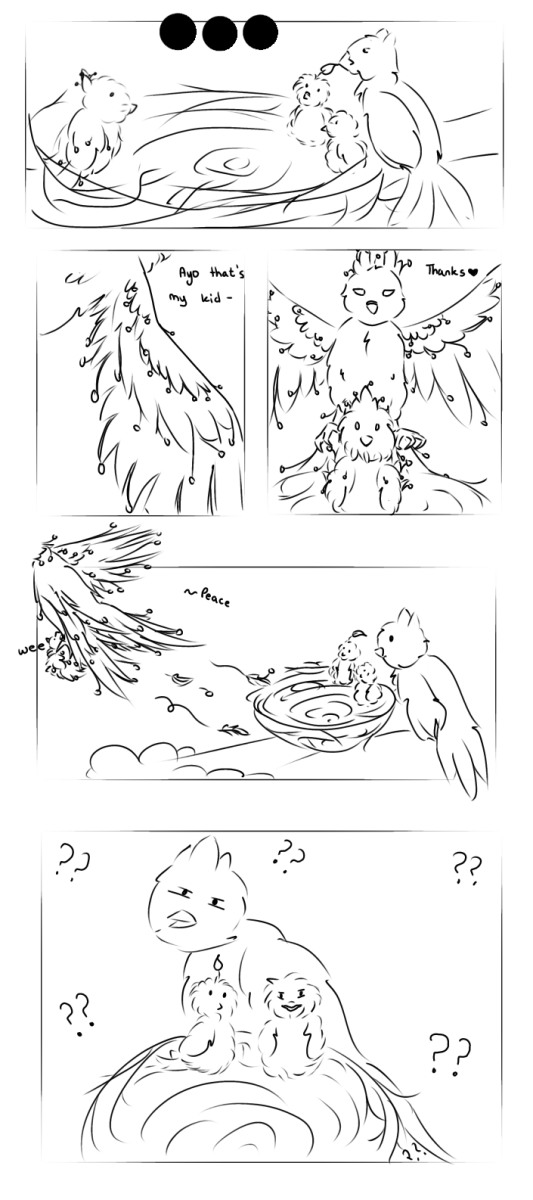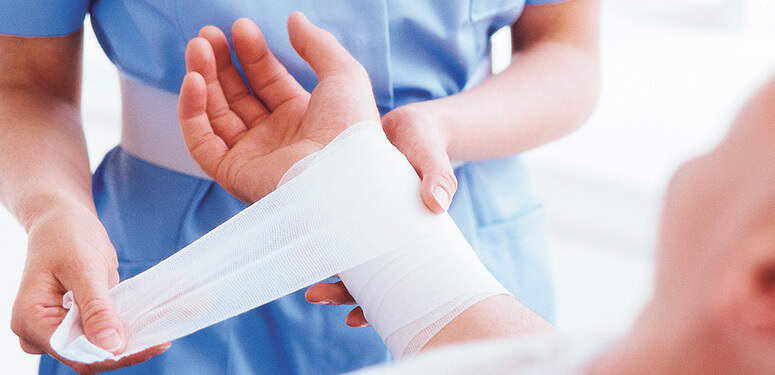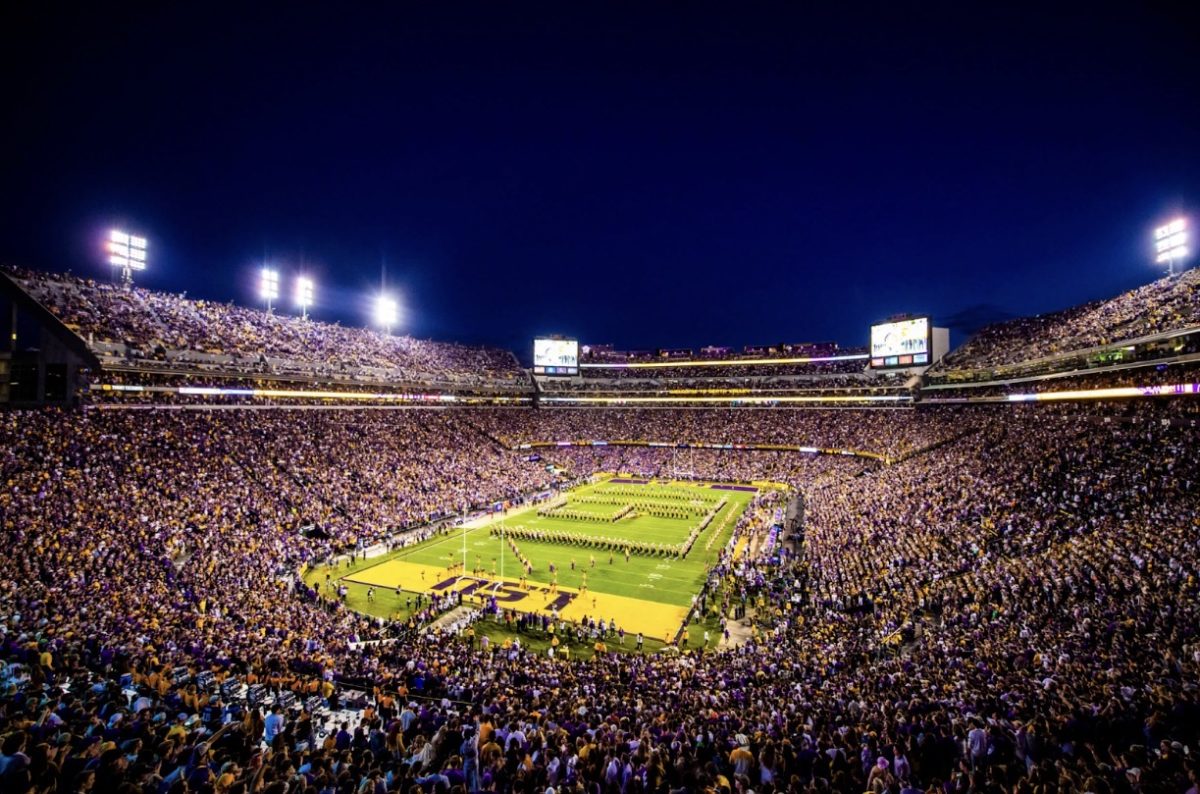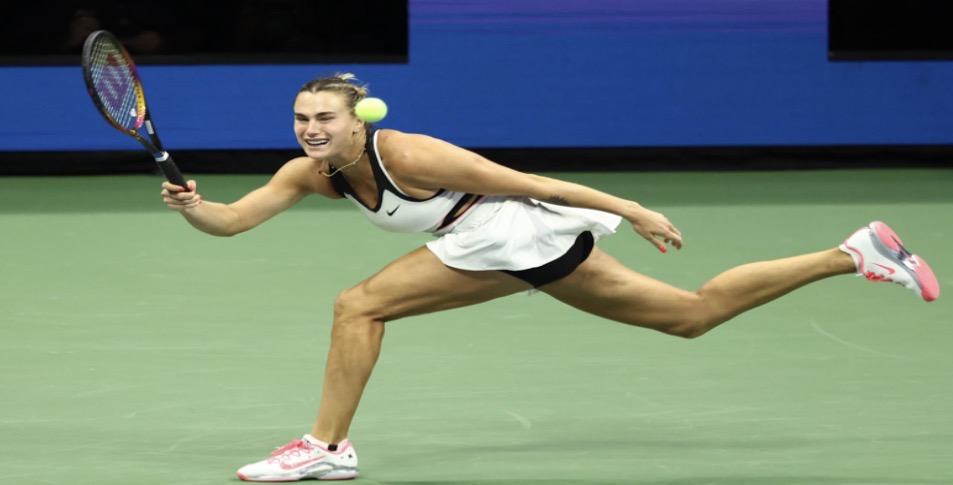Common Injuries for Student Athletes
December 13, 2019
Athletes, whether competing with their high school, college, outside leagues or teams, are susceptible to injuries. Often times, the athletes do not realize how serious an injury is or refuse to admit how much it affects their performance, and will continue to participate in their respective sports. However, pushing the body in such a manner could result in permanent damage and removal from the sport for a whole season, or more dramatically, forever. Here are a few injuries, common symptoms and preventative measures to take into account when examining pain from overuse to direct impact.
Sprains are a prevalent injury in any and all sports. In fact, ankle sprains are the most common among athletes. There are approximately 1 million ankle injuries that occur each year and 85 percent of them are sprains according to Massachusetts General Hospital. A sprain occurs when a ligament or ligaments that hold bones in place at the joints become overstretched or torn. Often times, this injury will affect the wrist, thumb, ankle and knee, but can occur at any joint. Factors that contribute to sprains includes environmental conditions such as a slippery surface, holes, stairs, fatigue of muscles (as they are more prone to overuse or incorrect use) and poor equipment such as ill fitting shoes. Often, sprains can range from mild to severe and symptoms include swelling, bruising, limited mobility and hearing or feeling a “pop” in the joint at the time of the injury. Continuing, mild sprains can be treated using RICE- rest, ice, compression and elevation. If pain continues or worsens in the following ways: can not move or bear weight on the affected joint, have pain directly over the bones of an injured joint and/or experience numbness in any part of the injured area, then a doctor visit should ensue. Likewise, a severe sprain needs to be treated differently, often resulting in a boot, cast and even sometimes surgery. Long term prevention techniques include stretching and strengthening the ligaments and muscles having been heavily used, and short term includes wearing braces or other supportive devices such as compression socks or sole inserts.
Next, fractures are very common, with more than 3 million cases per year in the U.S. alone according to the Mayo Clinic. A fracture is a complete or partial break in a bone and can occur in any bone in the body but are most common in athletes on the foot, ankle, collarbone, hand and wrist regions. Factors that contribute to fractures among athletes include trauma and overuse. To determine if the injury is a sprain or fracture, a medical diagnosis is required. The main symptoms are pain and loss of mobility of the affected area, which is similar to a severe sprain, so an X-ray is needed to determine treatment. Depending on the severity of the fracture, treatment can range from RICE as stated previously, to resetting the bone in place and immobilizing the injury in a cast or splint, to even surgery or metal rods if severe. Recovery time can be anywhere from days to weeks depending on the severity. On another note, physical therapy is highly recommended once the bone is healed to regain strength so one can prevent re injuring the affected area as it will be weaker and more prone to intense pressure. Briefly, prevention of fractures can only go so far, as accidents happen in sports and one tumble can land the star athlete in a cast. Some ways to alleviate chances of injury include strengthening muscles that are frequently used but often left out of workouts such as ankles and wrists. Also, implementing more calcium and Vitamin D into an athletes diet can promote bone growth and health to counter breaking bones due to fragility.
Concussions are another common culprit to student athletes, especially in high impact sports. A concussion is a brain injury that is caused by a violent shaking of/blow to the head. Usually, a concussion is self diagnosable if after some sort of trauma to the head. Symptoms such as headaches, confusion, lack of coordination, memory loss, nausea, vomiting, dizziness, ringing in the ears, sleepiness and/or excessive fatigue are present. While there is no specific cure for concussions, rest and medications are available to help the brain recover. Depending on the severity of the concussion, symptoms typically take about one to one and a half weeks to resolve, although some last for weeks or months afterwards. During this time it is important to restrict physical, mental and social stresses such as sports, school work, television and parties so as to let the brain heal itself. Often, doctors will recommend a step-by-step program, which pertains to gradually adding activity back, monitoring symptoms and so on until the challenges being added reach to where the athlete had been previous to the injury according to OrthoInfo. In this case, downplaying symptoms of concussions is very dangerous, as the issue could become more and more serious the more it is ignored, which could have adverse effects on the athletes future. An untreated concussion can ruin a career in sports. Prevention for concussions begins with proper equipment and technique regarding the individual sport.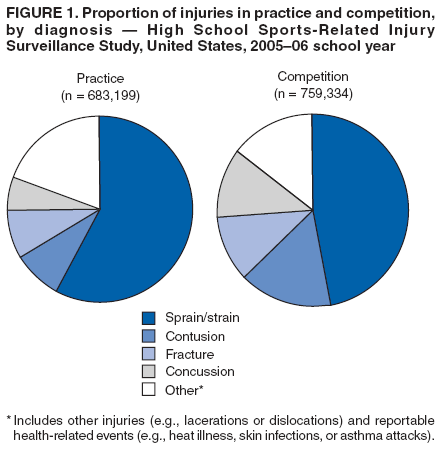
While these are the most common injuries found in student athletes, there are a number of injuries that could occur. Check out the school trainers to have an evaluation of an injury and they will offer tools to help with the pain or exercises to reduce injury. They provide muscle rollers, KT (kinesiology therapeutic) tape, ice and training to help any athlete with pain or concerns.










